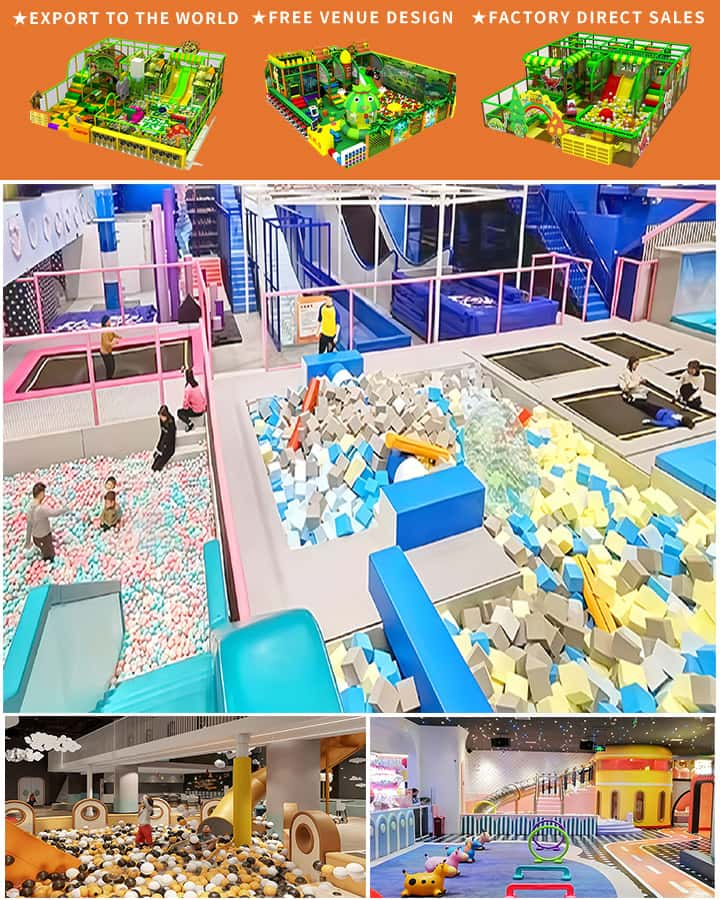In contemporary education, the inclusion of playground equipment in school grounds has become an essential component for fostering physical activity and promoting holistic development among students. However, acquiring such equipment entails significant financial considerations that schools must meticulously evaluate to ensure they provide a safe and beneficial environment for all learners.
The cost of playground equipment for schools varies widely based on several factors including the type of equipment, material quality, safety standards compliance, and installation expenses. Basic items like swings, slides, and climbing frames can range from a few hundred to several thousand dollars each, while more complex structures such as zip lines or multi-play systems may escalate costs to tens of thousands of dollars. These figures underscore the necessity for schools to plan their budgets effectively.
 A primary determinant of the cost is the type of equipment selected. For instance, traditional playground staples such as swings and slides tend to be relatively affordable, making them a popular choice for schools with limited budgets. In contrast, modern, inclusive play structures designed to accommodate children with diverse needs often come at a premium price due to their specialized features and higher manufacturing standards.
A primary determinant of the cost is the type of equipment selected. For instance, traditional playground staples such as swings and slides tend to be relatively affordable, making them a popular choice for schools with limited budgets. In contrast, modern, inclusive play structures designed to accommodate children with diverse needs often come at a premium price due to their specialized features and higher manufacturing standards.
Material quality significantly influences both the initial outlay and long-term durability of playground equipment. High-quality materials such as heavy-duty plastics, treated woods, or metal alloys not only enhance safety but also reduce maintenance and replacement costs over time. Investing in superior materials may initially seem more expensive, but it proves cost-effective in the long run by minimizing wear and tear and ensuring compliance with rigorous safety regulations.
Safety standards are non-negotiable when it comes to playground equipment, and adherence to these standards can impact costs. Equipment that meets national or international safety certifications—such as ASTM (American Society for Testing and Materials) or EN (European Norms) standards—tends to be priced higher due to the stringent testing and quality assurance processes involved. Schools must prioritize these certified products to safeguard students against accidents and potential liabilities.
Installation costs represent another crucial aspect of the total expenditure. Depending on the complexity and scale of the playground setup, professional installation can add a substantial amount to the overall budget. It’s advisable for schools to factor in these installation charges early in their planning stages to avoid any unexpected financial strain.
Fundraising efforts and grants can play a pivotal role in alleviating the financial burden of procuring playground equipment. Many schools successfully engage parents, local communities, and corporate sponsors in fundraising activities to supplement their funds. Additionally, various government programs and non-profit organizations offer grants specifically aimed at improving school infrastructure, which can be tapped into for acquiring playground equipment.
In conclusion, while the cost of playground equipment for schools can vary greatly depending on multiple factors, careful planning, prioritizing quality and safety, exploring funding avenues, and considering long-term benefits are key strategies for managing these expenses efficiently. By striking a balance between affordability and quality, schools can create enriching outdoor play environments that contribute to the healthy development of their students without compromising financial stability.




